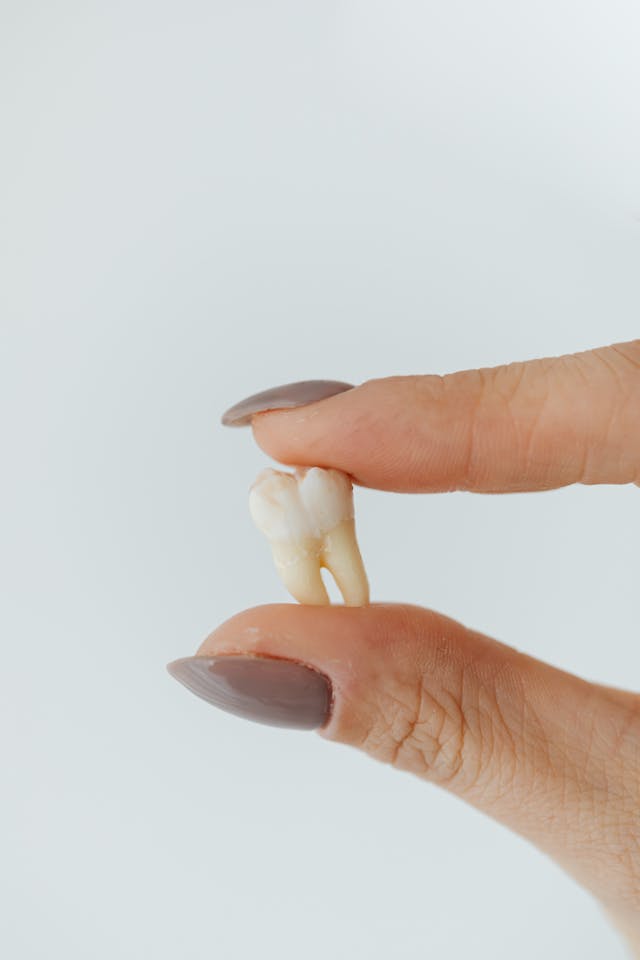Let’s explore some key trends and innovations shaping the future of endodontics. The field of endodontics is constantly evolving, driven by technological advancements and innovative research. These developments are enhancing the precision, efficiency, and comfort of endodontic treatments, making them more effective and less intimidating for patients.

Advancements in Imaging Technology
Enhanced imaging technologies are revolutionizing endodontic diagnostics and treatment planning. These tools provide detailed views of the tooth’s internal structures, enabling more accurate and effective treatments.
- Cone Beam Computed Tomography (CBCT): CBCT provides 3D imaging, allowing endodontists to see the tooth and surrounding bone in greater detail. This technology helps in identifying complex root canal anatomies, locating hidden canals, and detecting periapical lesions more accurately. According to a study published in the Journal of Endodontics, CBCT has significantly improved diagnostic accuracy and treatment outcomes.
- Digital Radiography: Digital X-rays offer higher resolution images with lower radiation exposure compared to traditional film X-rays. They also allow for immediate image viewing and enhanced diagnostic capabilities through image manipulation.
Laser-Assisted Endodontics
Lasers are increasingly being used in endodontic procedures to enhance precision and reduce discomfort. Laser-assisted endodontics offers several benefits:
- Precision: Lasers can precisely remove infected tissue without affecting surrounding healthy tissue.
- Reduced Pain and Swelling: Laser treatments are less invasive, leading to reduced pain, swelling, and faster healing times.
- Disinfection: Lasers effectively disinfect root canals by eliminating bacteria and biofilm, improving the success rate of root canal treatments.
Biomaterials and Regenerative Endodontics
Innovations in biomaterials and regenerative techniques are opening new possibilities in endodontics, aiming to restore the natural function and structure of teeth.
Bioceramic Materials: Bioceramic sealers and filling materials are biocompatible, promote healing, and provide superior sealing properties. They are used to fill and seal root canals, reducing the risk of reinfection and improving long-term outcomes.
Regenerative Endodontics: This emerging field focuses on regenerating damaged or diseased pulp tissue using stem cells, growth factors, and scaffolds. Regenerative endodontics aims to restore the tooth’s natural pulp tissue, potentially eliminating the need for traditional root canal treatments. Research published in the Journal of Endodontics highlights the promising results of regenerative procedures in revascularizing immature teeth with necrotic pulp.
Minimally Invasive Techniques
Minimally invasive endodontic techniques focus on preserving as much of the natural tooth structure as possible while effectively treating the infection.
- GentleWave® System: This innovative technology uses a combination of fluid dynamics and acoustic energy to clean and disinfect the entire root canal system more thoroughly and efficiently than traditional methods. The GentleWave® system minimizes the need for extensive canal shaping and preserves more of the tooth’s natural structure.
- Microsurgery: Endodontic microsurgery, performed under a dental microscope, allows for greater precision and accuracy in procedures such as apicoectomy. This minimally invasive approach leads to better outcomes and faster recovery times.
Artificial Intelligence (AI) and Digital Dentistry
 Artificial Intelligence (AI) and digital technologies are increasingly being integrated into endodontic practices to enhance diagnosis, treatment planning, and patient care.
Artificial Intelligence (AI) and digital technologies are increasingly being integrated into endodontic practices to enhance diagnosis, treatment planning, and patient care.
- AI-Driven Diagnostics: AI algorithms can analyze radiographs and CBCT scans to identify abnormalities and predict treatment outcomes. AI-driven diagnostics improve accuracy and efficiency, helping endodontists make informed decisions.
- Digital Workflow: Digital tools streamline the workflow in endodontic practices, from patient records and imaging to treatment planning and follow-up care. Digital workflows enhance precision, reduce errors, and improve patient communication.
The Future of Endodontics: Conclusion
The future of endodontics is bright, with numerous advancements enhancing the effectiveness, comfort, and precision of treatments. From cutting-edge imaging technologies and laser-assisted procedures to innovative biomaterials and AI-driven diagnostics, these developments are transforming the field.
For expert care in endodontics, consult with Dr. Young Bui at Bryant Park Endodontics. Dr. Bui’s extensive experience and commitment to adopting the latest technologies ensure high-quality care and optimal results.
Bryant Park Endodontics
30 East 40th Street Suite 1201
New York, NY 10016
646-205-3045
Drendo4u@yahoo.com
